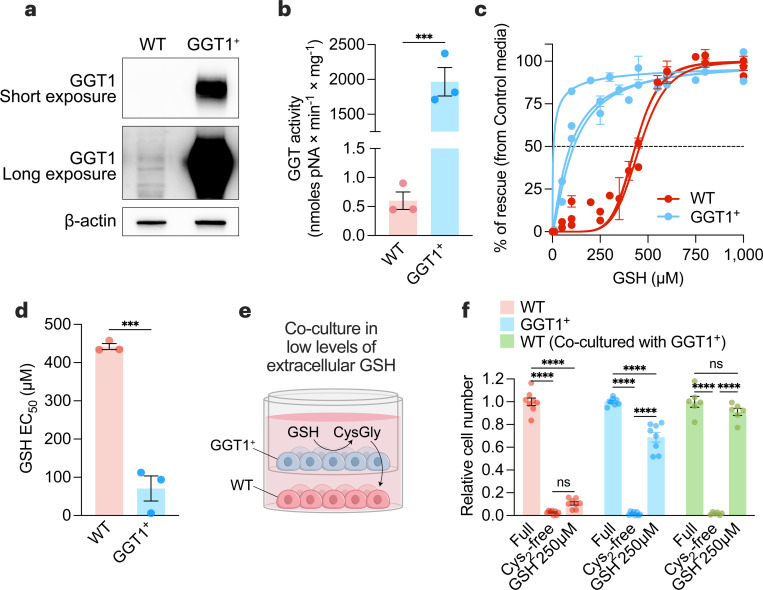Figure 3. GGT1 is sufficient to provide an environment permissive of cell survival under cystine-free conditions.
a-b, Immunoblot analysis of human GGT1 (a) and GGT activity (b) in wild-type (WT) and GGT1-overexpressing (GGT1+) PC3 prostate cancer cells. Statistical significance was assessed by unpaired two-tailed t-test (n=3 with two independent experiments). c, WT and GGT1+ PC3 cells were grown in control media (208 µM cystine) or cystine-free media supplemented with indicated GSH concentrations. After 72 hours, cell numbers were quantified, and the percentage of rescue ((cell numbers in indicated media – cell numbers in cystine-free media)/(cell numbers in control media) was determined (n=3 independent experiments). d, Half-maximal effective concentration (EC50) of GSH for WT and GGT1+ cells calculated from (c). Statistical significance was assessed by an unpaired two-tailed t-test. e, Schematic of non-contact co-culture experiments using 0.4 μm PET membrane transwell inserts in media containing low concentrations of GSH (250 µM), which were insufficient to rescue the growth of WT cells in cystine-depleted conditions. f, Relative cell numbers of WT, GGT1+, or WT cells co-cultured with GGT1+ cells in control, cystine-depleted, or cystine-depleted/GSH-supplemented (250 µM) conditions. Statistical significance was evaluated by two-way ANOVA followed by Tukey’s multiple comparisons test (n=3 independent experiments). Data represented as mean ± s.e.m., ***p-value<0.001; ****p-value<0.0001; ns, not significant.

